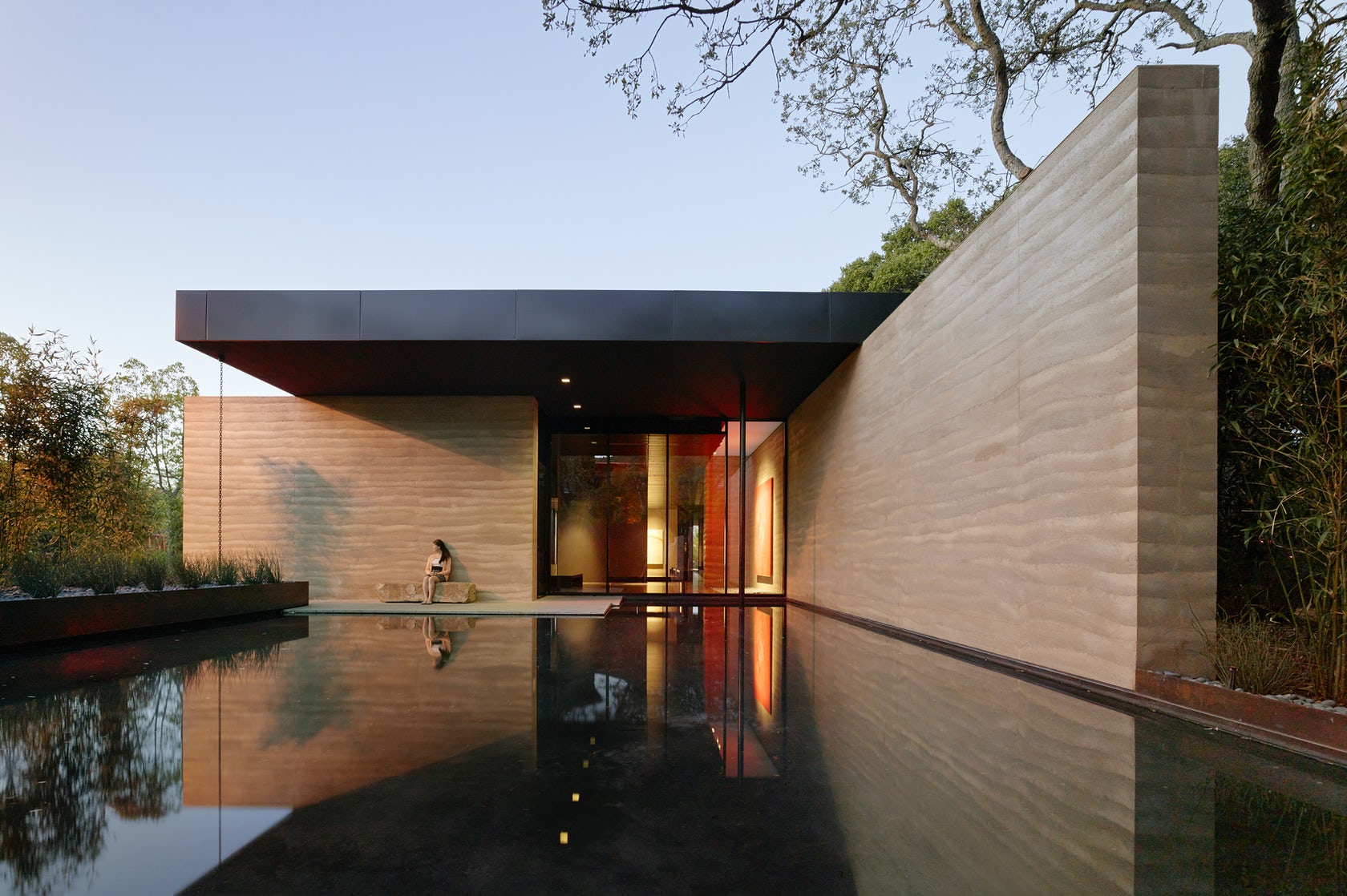Please grab a comfortable seat, I’m afraid I have some bad news. 11 of New York’s most cherished architectural landmarks have vanished. The only clues investigators have are a few photos of uncertain origin depicting the buildings in unidentifiable, barren landscapes.

It’s never been easier to land a good seat at the Metropolitan Opera … if you can find it.
All possibilities are currently on the table, including theories that the buildings were abducted or that they relocated of their own volition.

It was annoying enough commuting to Cooper Union from Bushwick. Now it’s impossible!
This, at least, is the premise of Misplaced, a new architecture-themed science-fiction serial created by the writer Jon Earle and the photographer Anton Repponen. As the story continues, the text accompanying the images becomes increasingly surreal. Some of these messages from the future seem to come from architects, some from observers and others from the buildings themselves. As the writers admit, new entries to the series “only add to the confusion.” They add: “Your curiosity and help is much appreciated.”

The Standard Hotel, torn from its perfect location overlooking the High Line
The loose sci-fi narrative scaffolding lends just the right amount of context to the striking images: The viewer has something to latch onto, but not enough to make the images lose their essential strangeness.

Frank Lloyd Wright’s Solomon R. Guggenheim Museum looks oddly at home in the “volcanic mudflats of X.”
There is undeniably a satirical component to many of the posts. In the caption for the Solomon R. Guggenheim Museum, Earle writes that after running out of cities to build new Guggenheim museums in, the board of directors was forced to send scouts to the far corners of the world to “find primitive lands that knew nothing of modern and contemporary art.” After setting up shop in the “volcanic mudflats of X,” they found themselves disappointed by “sluggish” ticket sales. This doesn’t sound like such an implausible future for the energetic Guggenheim foundation.

Frank Gehry’s IAC headquarters, aka “The Icecube”
The overall project may be a wry commentary on globalization. In recent decades, we have seen the proliferation of megacities in sparsely inhabited parts of the developing world. Often, the zeal for construction has outrun population movement, leading to an abundance of what have been termed “ghost cities.” Perhaps this is not so different from Gehry buildings randomly appearing in the midst of moonlike deserts. (Thanks to Gizmodo writer Alissa Walker for this insight.)

The Chrysler Building stands proud, once again the tallest peak in its environs.
From a pure design standpoint, it is fascinating to see these buildings lifted out of their ordinary, busy home of New York City. The rendering of the Chrysler building in a deserted brush landscape is reminiscent of Frank Lloyd Wright’s idea of placing futuristic towers amid the expansive plains of his suburban Broadacre City.

Gehry’s 8 Spruce Street is anywhere but.
Digital photographers will be interested to read Repponen’s essay on how he created the images.

The New Museum honestly looks good anywhere.
The project is still ongoing. If you love architecture, New York or serialized experimental fiction, it’s time to add a new blog to your rotation.
All images courtesy of Misplaced









